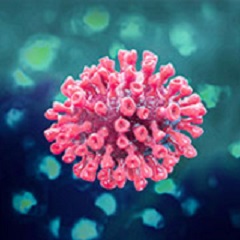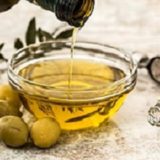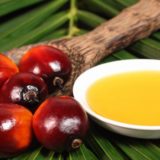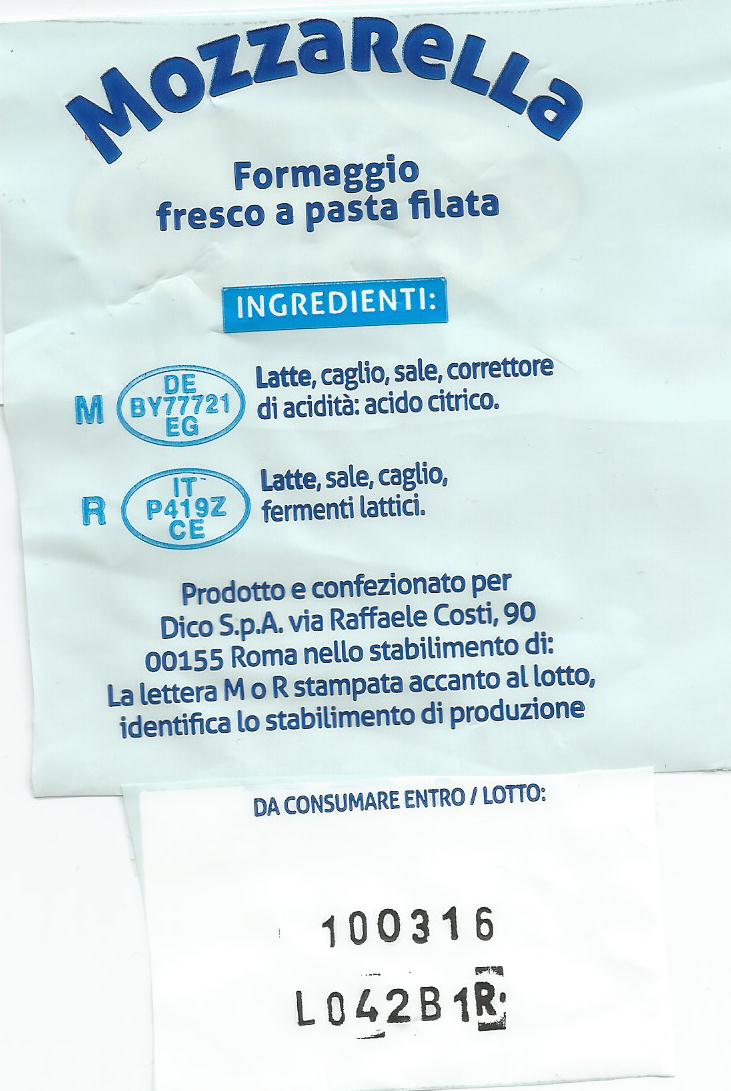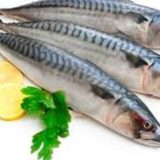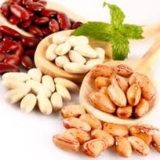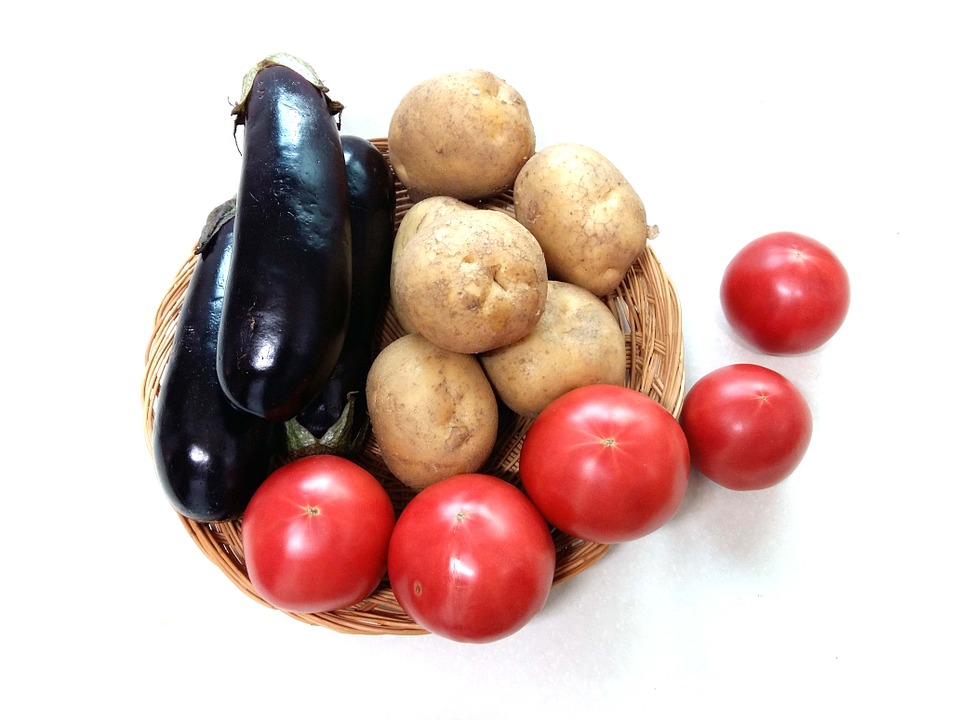Asparago, un salutare turione
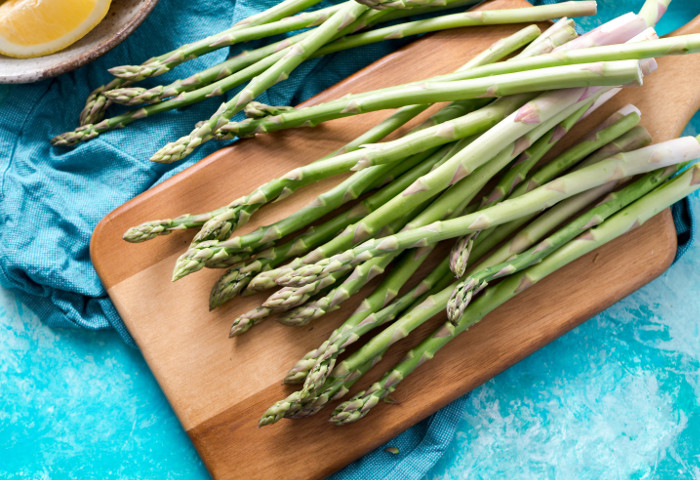
Esistono gli asparagi coltivati, derivanti dall’asparago comune (Asparago officinalis) e gli asparagi selvatici (Asparago pungente o acutifolius), dal sapore più intenso. Sono piante erbacee perenni appartenenti alla famiglia delle Liliaceae, genere delle Asparagaceae, che include anche aglio e cipolla. Le punte degli asparagi, cioè la parte commestibile, sono i germogli detti turioni che si originano dalle radici della pianta; vengono raccolti a partire da gennaio, raggiungendo il massimo della maturazione in primavera. Gli asparagi più noti hanno colore verde, ma esistono anche asparagi bianchi, viola e rosso-viola che però mantengono le stesse proprietà nutrizionali cambiando solo nel sapore.
Gli asparagi oggi sono ormai diffusi in tutta Europa ma si ritiene essere originari dell’Asia ed esiste un museo a Monaco di Baviera dedicato a questo ortaggio.
Questo ortaggio è costituito per la maggior parte da acqua, ha poche calorie: solo 24 kcal per 100 grammi di parte edibile; è ricco di vitamine, sali minerali, fibre e antiossidanti, ma povero di sodio.
Le sostanze caratterizzanti degli asparagi sono:
- asparagina, un aminoacido dall’effetto diuretico, responsabile del forte odore dell’urina quando si mangiano gli asparagi; molto utile nel favorire lo smaltimento di una molecola tossica come l’azoto;
- rutina, un glicoside flavonoico;
- glutatione, potente antiossidante in grado di eliminare sostanze dannose e radicali liberi.
Valori nutrizionali per 100g di asparagi: Acqua 91,82 gr; kcal 24; Proteine 3,23 g; Grassi 0,23 g; Carboidrati 4,1 g; Fibre 1,9 g; Calcio 25 mg; Ferro 0,73 mg; Magnesio 14 mg; Fosforo 64 mg; Potassio 253 mg; Zinco 0,59 mg; Manganese 0,203 mg; Vitamina C 31,8 mg; Vitamina B1 0,121 mg; Vitamina B2 0,131 mg; Vitamina B3 1,202 mg; Vitamina B5 0,184 mg; Folati 191 µg; Vitamina A 948 UI.
Quando acquistate gli asparagi, fate attenzione alla loro freschezza. In particolare devono essere duri ma non legnosi. Per verificarne la freschezza occorre osservare le cime degli asparagi, se sono ben chiuse allora vuol dire che sono freschi. Il migliore modo per preservare le loro caratteristiche nutrizionali è quello di consumarli crudi, tagliandoli a fettine piccole e mangiandoli semplicemente con olio, succo di limone e sale oppure aggiungerli all’insalata. Il sapore da crudo però è molto forte. Se si vogliono consumare cotti, l’ideale sarebbe cuocerli a vapore per pochi minuti.
Gli asparagi non vanno consumati da chi è allergico ad altri ortaggi appartenenti alla famiglia delle Liliaceae come aglio e cipolla; inoltre, contenendo acido urico e purine sono sconsigliati in caso di calcoli renali causati da acido urico, malattie reumatiche e gotta. Il consumo di asparagi la sera è da evitare per chi soffre di insonnia in quanto essi sono energizzanti e quindi potrebbero disturbare il riposo notturno. Per il loro contenuto in fibre un consumo eccessivo può portare a meteorismo e difficoltà digestive. Si consiglia inoltre di introdurre questi ortaggi nell’alimentazione non prima dei 3 anni di età.

Quest’opera è distribuita con Licenza Creative Commons Attribuzione – Non commerciale – Condividi allo stesso modo 4.0 Internazionale
English version
Asparagus, a healthy shoot
There are cultivated asparagus, deriving from common asparagus (Asparago officinalis) and wild asparagus (Asparagus pungente or acutifolius), with a more intense flavor. They are perennial herbaceous plants belonging to the Liliaceae family, genus of Asparagaceae, which also includes garlic and onion. The tips of the asparagus, that is the edible part, are the shoots called shoots that originate from the roots of the plant; they are harvested starting from January, reaching maximum ripeness in spring. The best known asparagus have a green color, but there are also white, purple and red-violet asparagus which, however, maintain the same nutritional properties, changing only in flavor.
Asparagus is now widespread throughout Europe but it is believed to originate in Asia and there is a museum in Munich dedicated to this vegetable.
This vegetable consists for the most part of water, has few calories: only 24 kcal per 100 grams of edible part; it is rich in vitamins, minerals, fiber and antioxidants, but low in sodium.
The characterizing substances of asparagus are:
asparagine, an amino acid with a diuretic effect, responsible for the strong smell of urine when asparagus is eaten; very useful in promoting the disposal of a toxic molecule such as nitrogen;
rutin: a flavonoic glycoside;
glutathione: powerful antioxidant capable of eliminating harmful substances and free radicals.
Nutritional values for 100g of asparagus: Water 91.82 gr; kcal 24; Protein 3.23 g; Fat 0.23 g; Carbohydrates 4.1 g; Fiber 1.9 g; Calcium 25 mg; Iron 0.73 mg; Magnesium 14 mg; Phosphorus 64 mg; Potassium 253 mg; Zinc 0.59 mg; Manganese 0.203 mg; Vitamin C 31.8 mg; Vitamin B1 0.121 mg; Vitamin B2 0.131 mg; Vitamin B3 1.202 mg; Vitamin B5 0.184 mg; Folate 191 µg; Vitamin A 948 IU.
When buying asparagus, pay attention to their freshness. In particular they must be hard but not woody. To check the freshness it is necessary to observe the tops of the asparagus, if they are well closed then it means that they are fresh. The best way to preserve their nutritional characteristics is to consume them raw, cutting them into small slices and simply eating them with oil, lemon juice and salt or adding them to the salad. However, the raw flavor is very strong. If you want to consume them cooked, the ideal would be to steam them for a few minutes.
Asparagus should not be consumed by those who are allergic to other vegetables belonging to the Liliaceae family such as garlic and onion; furthermore, as they contain uric acid and purines, they are not recommended in case of kidney stones caused by uric acid, rheumatic diseases and gout. The consumption of asparagus in the evening is to be avoided for those suffering from insomnia as they are energizing and therefore could disturb the night’s rest. Due to their fiber content, excessive consumption can lead to bloating and digestive difficulties. It is also advisable to introduce these vegetables in the diet no earlier than 3 years of age.



